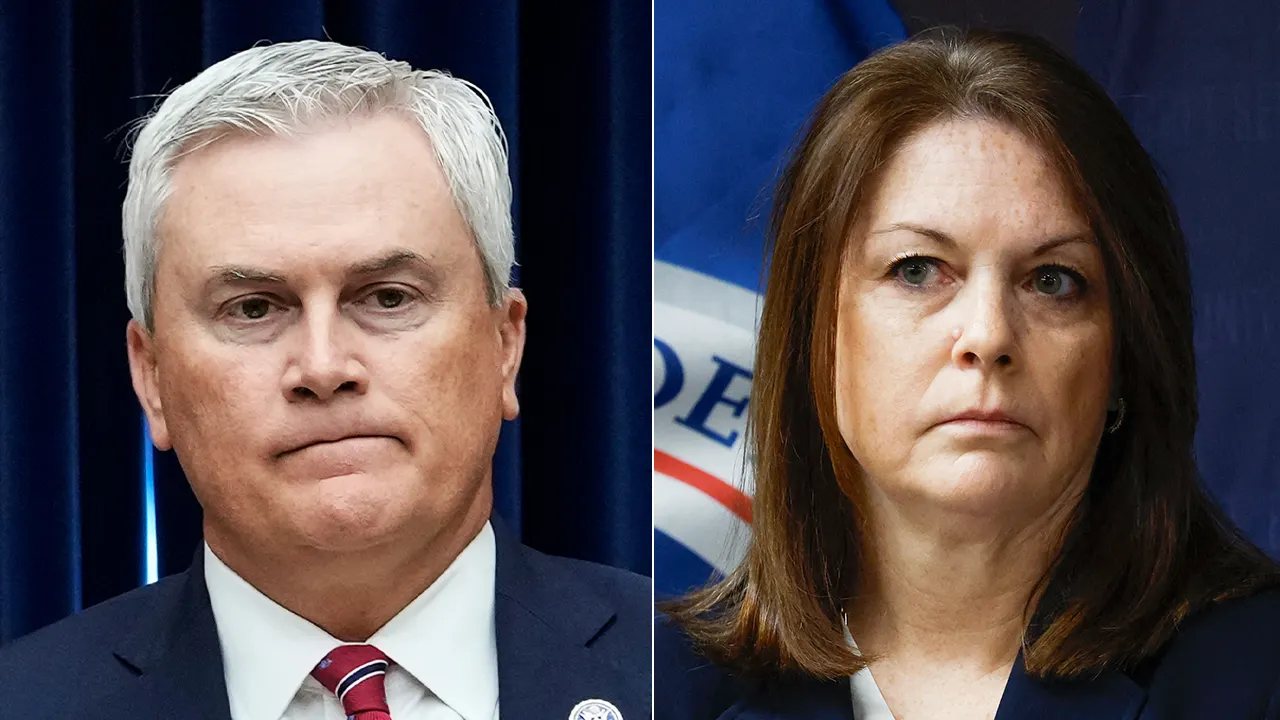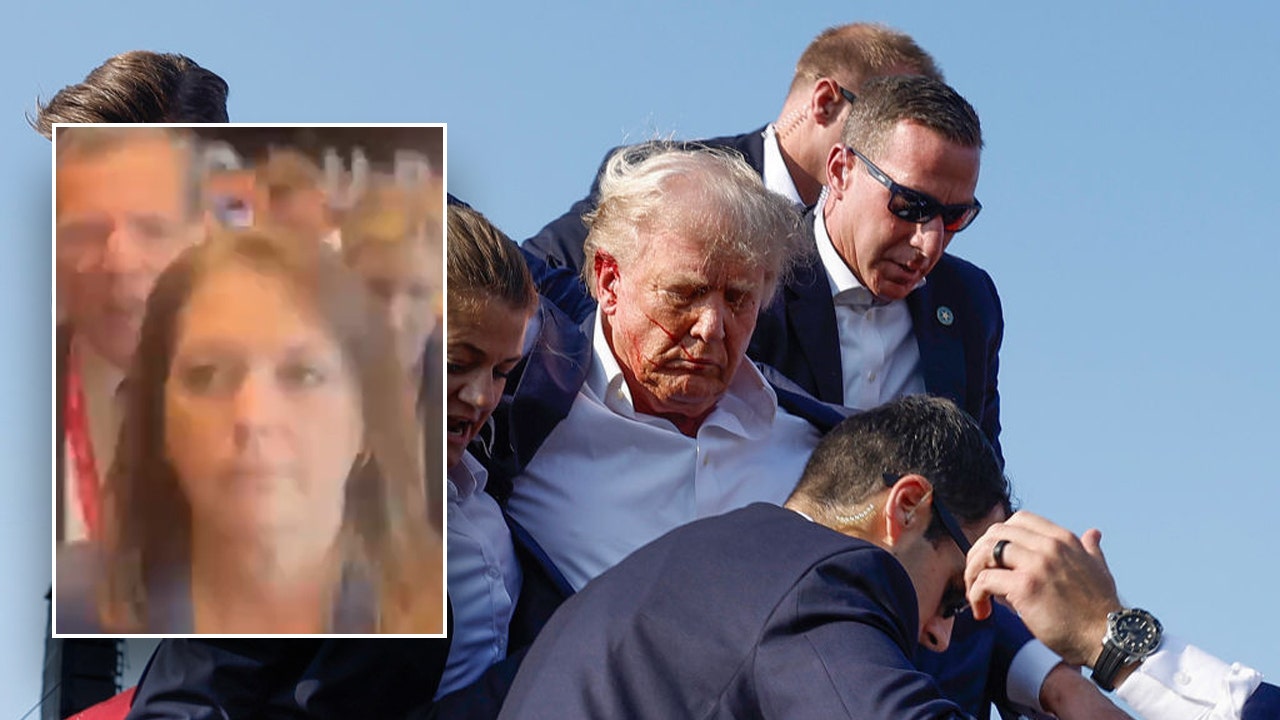World
European Commission President Ursula von der Leyen makes final bid for second term before vote
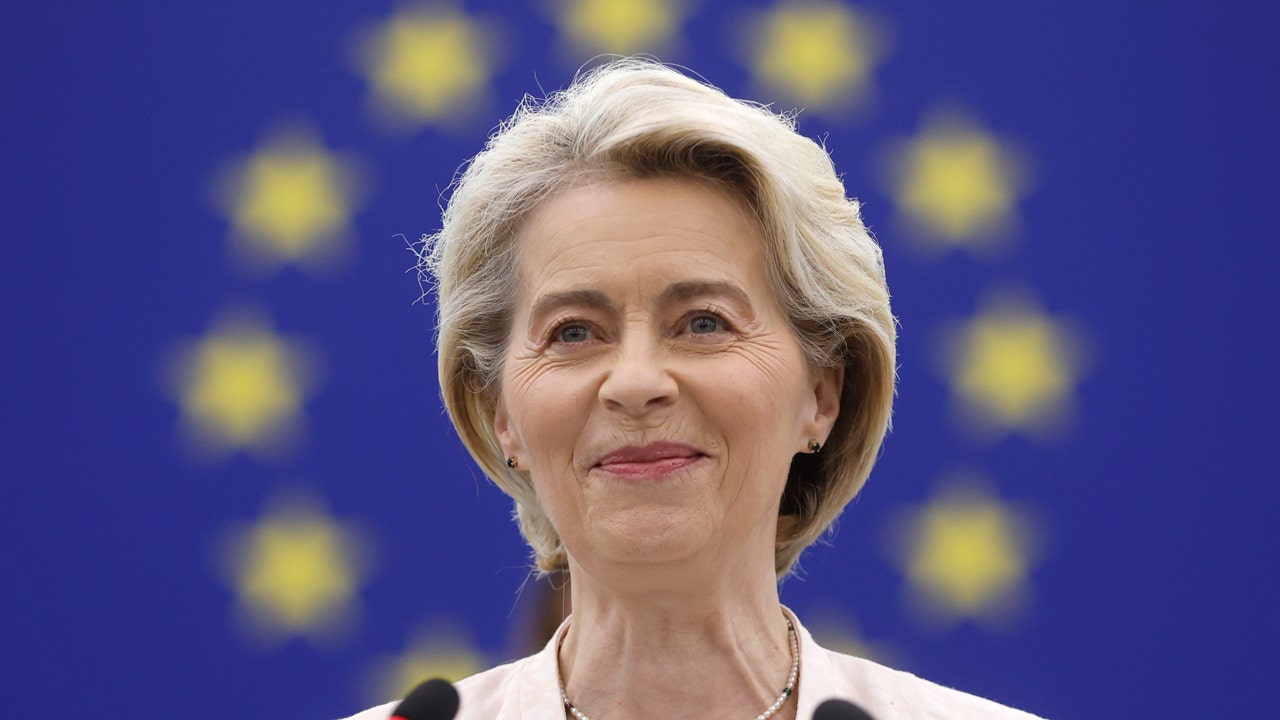
- Ursula von der Leyen is running for a second five-year term as president of the European Union’s executive commission.
- The 720-seat parliament will vote today. Von der Leyen needs a straight majority of 361 votes to secure a second term. She is popular, but some lawmakers within her own center-right European People’s Party could still vote against her.
- Von der Leyen has been praised for her leadership during the coronavirus pandemic, but the EU general court ruled Wednesday that information about the EU’s COVID-19 vaccine purchase agreements with pharmaceutical companies was not sufficiently transparent.
Ursula von der Leyen pledged to be a strong leader for Europe in a time of crisis and polarization as she made her final leadership pitch in a speech to lawmakers at the European Parliament ahead of a vote Thursday afternoon on whether to grant her a second five-year term as president of the European Union’s executive commission.
The secret ballot at the 720-seat parliament comes hot on the heels of strong gains by the far right in last month’s election for the European Parliament. Voting gets underway at 1 p.m. and results are expected by 3 p.m.
“I will never let the extreme polarization of our societies become accepted. I will never accept that demagogues and extremists destroy our European way of life. And I stand here today ready to lead the fight with all the Democratic forces in this house,” von der Leyen said.
EUROPEAN LEADERS DOWNPLAY ORBAN’S PRAISE OF TRUMP AS THEY DEFEND BIDEN’S GAFFES: ‘SLIPS OF THE TONGUE’
If a majority of the lawmakers reject her candidacy, it would leave leaders of the 27-nation bloc scrambling to find a replacement as Europe grapples with crises ranging from the war in Ukraine to climate change.
In a speech that sought to shore up support from across the political spectrum, von der Leyen pledged to strengthen the EU economy, its police and border agencies, tackle migration and pursue policies tackling climate change while also helping farmers who have staged protests against what they call stifling EU bureaucracy and environmental rules.
She also took a swipe at Hungarian Prime Minister Viktor Orbán and his recent visit to Russia shortly after his country took over the rotating six-month EU presidency.
European Commission President Ursula von der Leyen addresses the plenary at the European Parliament in Strasbourg, France, on July 18, 2024. (AP Photo/Jean-Francois Badias)
“This so-called peace mission was nothing but an appeasement mission,” von der Leyen said as she vowed that Europe would remain shoulder-to-shoulder with Ukraine.
One radical right lawmaker, Diana Iovanovici-Sosoaca of Romania, was escorted out of the parliament’s chamber for heckling a speaker during the debate following von der Leyen’s speech. Iovanovici-Sosoaca briefly wore what appeared to be a muzzle and held up religious icons before being led out of the room.
Over the past five years, von der Leyen has steered the bloc through a series of crises, including Britain’s exit from the EU, the COVID-19 pandemic and Russia’s invasion of Ukraine. She has also pushed a Green Deal aiming to make the EU climate-neutral by 2050.
As the debate ended, she told lawmakers: “I hope to have your trust and confidence for the next years. Long live Europe.”
Von der Leyen’s election came as newly elected U.K. Prime Minister Keir Starmer was welcoming some 45 heads of government to discuss migration, energy security and the threat from Russia as he seeks to restore relations between the U.K. and its European neighbors.
The leaders signed off on the conservative German von der Leyen at a summit meeting late last month. The 65-year-old von der Leyen’s bid was boosted when the European People’s Party, which includes von der Leyen’s Christian Democratic Union, remained the largest group at the EU Parliament after the elections.
But her re-election is not a foregone conclusion as some lawmakers within her own center-right European People’s Party could still vote against her. She needs a straight majority of 361 votes to secure a second term.
The German politician has been praised for her leading role during the coronavirus crisis, when the EU bought vaccines collectively for its citizens. But she also found herself receiving sharp criticism for the opacity of the negotiations with vaccine makers.
The EU general court ruled Wednesday that the commission did not allow the public enough access to information about COVID-19 vaccine purchase agreements it secured with pharmaceutical companies during the pandemic.
Following the elections for EU Parliament, European Union leaders agreed on the officials who will hold the key positions in the world’s biggest trading bloc in the coming years for issues ranging from antitrust investigations to foreign policy. At the side of von der Leyen will be two new faces: Antonio Costa of Portugal as European Council president and Estonia’s Kaja Kallas as the top diplomat of the world’s largest trading bloc.
While Costa’s nomination only needed the leaders’ approval, Kallas will also need to be approved by European lawmakers later this year. The Estonian prime minister is a staunch supporter of Ukraine and a fierce critic of Russia within the European Union and NATO.

World
Exclusive: Biden is working towards what's best for US

World
From Ukraine to EU-UK ties: Big summit of European leaders kicks off
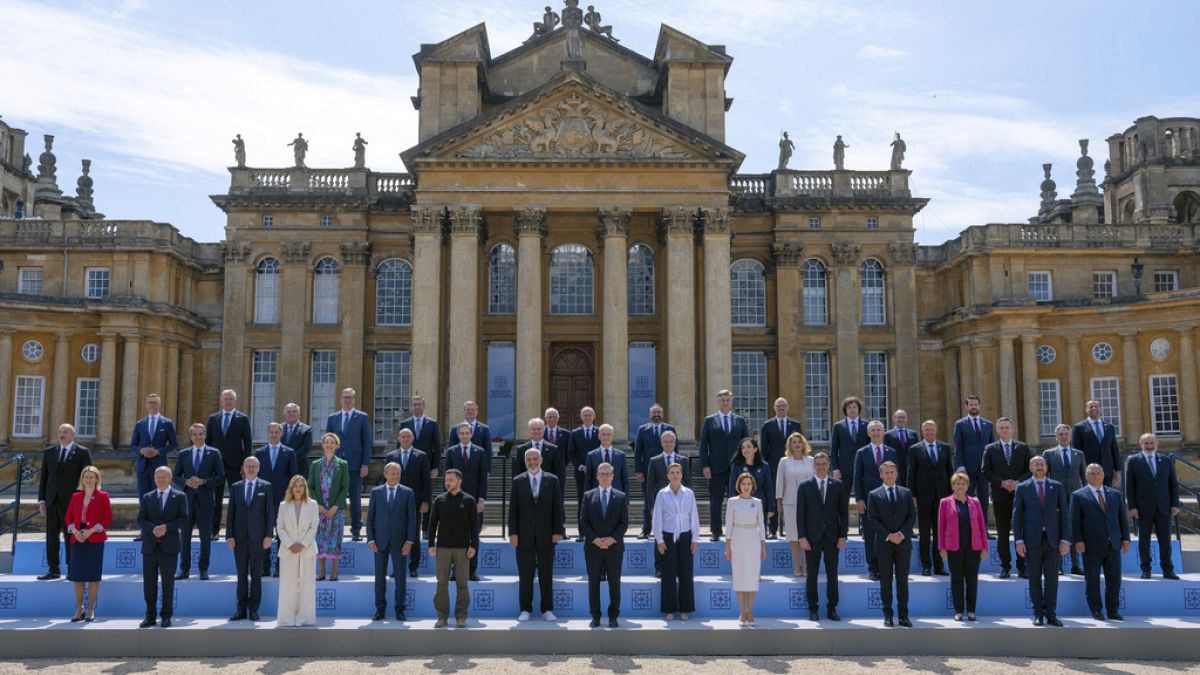
European leaders gather during the European Political Community Summit at the iconic Blenheim Palace in Oxfordshire, with Ukraine and migration as top items on the agenda.
European leaders gathered in Blenheim Palace, home of the Churchills as Dukes of Marlborough, on Thursday for a summit overshadowed by concerns about the US’ reliability as an ally if Donald Trump wins a second presidency.
Newly-elected UK Prime Minister Keir Starmer welcomed around 45 heads of government to discuss migration, energy security, and the threat from Russia, aiming to mend relations between the UK and its European Union neighbours four years after Brexit.
Starmer has said the summit “will fire the starting gun on this government’s new approach to Europe.”
As he addressed his guests, he emphasised the UK’s commitment to playing a more active role globally, particularly regarding Ukraine’s fight against Russia’s invasion and battling human smuggling gangs.
He assured fellow leaders that under his leadership, the UK would be “a friend and a partner, ready to work with you — not part of the European Union, but very much part of Europe. Not focused on the differences between us, but on the values that we share.”
“Our primary task today is to confirm our unwavering support for Ukraine, to unite behind our shared values, and to confront aggression on this continent together,” he said, noting that the threat from Russia “extends across Europe.”
Ukrainian President Volodymyr Zelenskyy was a key guest at the meeting. He stressed the importance of the event for Ukraine, explaining the country was currently experiencing a “tough period,” adding “it is very important to maintain unity in Europe because always this unity leads to strong decisions.”
‘New chapter to open’ in UK-EU relations
When Britain agreed to host the one-day summit earlier this year, Conservative Rishi Sunak was prime minister. Following his defeat in the 4 July election, it was Starmer who welcomed leaders to the birthplace and residence of World War II PM Winston Churchill.
“It’s an incredibly useful occasion for Starmer, as it allows him to meet many European leaders,” said Jill Rutter, a senior research fellow at the Institute for Government think tank. “It’s like Rishi Sunak organised a dating party for him.”
Attendees included German Chancellor Olaf Scholz, French President Emmanuel Macron, Italian PM Giorgia Meloni, her Polish counterpart Donald Tusk, and NATO Secretary-General Jens Stoltenberg.
This is the fourth meeting of the EPC, initiated by Macron in 2022 as a forum for countries inside and outside the 27-nation EU following Russia’s full-scale invasion of Ukraine, which disrupted Europe’s sense of security. Previous meetings were held in Prague, Chisinau and Granada.
The UK aims for this to be the most attended summit yet, though European Commission chief Ursula von der Leyen is staying away as she fights to secure a second term as European Commission president from lawmakers in the European Parliament and Turkish President Recep Tayyip Erdogan also did not attend.
Starmer’s centre-left government is working to rebuild ties with the EU strained by years of contentious Brexit negotiations. A key priority is a new UK-EU security pact that Starmer hopes to finalise soon.
“We are confident that a new chapter will be opened with the UK,” European Council President Charles Michel said upon arrival.
The UK plans to enhance cooperation with the European police agency Europol against human smuggling as part of measures to strengthen border security following Starmer’s decision to cancel the Conservatives’ controversial plan to send migrants arriving in the UK by boat to Rwanda.
Orban: Trump win would be ‘best news for everybody’
Many will likely be thinking about the US, where a recent assassination attempt on Trump, the Republican presidential nominee, highlighted the intense and polarised political climate ahead of the 5 November election.
Trump’s scepticism about NATO has long unsettled US allies. His choice of Sen. JD Vance, an opponent of US military aid to Ukraine, as his vice-presidential running mate has heightened concerns.
“European countries must stand on their own legs more than ever,” said Netherlands Prime Minister Dick Schoof.
Several other leaders echoed that sentiment, but not Hungary’s pro-Russian Premier Viktor Orbán, who said a solution to the conflict in Ukraine was “not on the battlefield” but at the negotiation table.
“They believe that they can destroy militarily the Russians, which I don’t think so, because I think that there is no solution of this conflict on the battlefield,” Orbán told reporters.
Orbán has recently carried out a series of rogue meetings with foreign leaders about Ukraine, including Russian President Vladimir Putin.
As he spoke of Trump, Orbán has said his victory would be “the best news for everybody, because he’s a man of the people.”
World
How the Israeli Hostage Rescue Led to One of Gaza’s Deadliest Days

Methodology
The Times verified and analyzed more than 60 user-generated videos, wire footage taken in Nuseirat on June 8 and footage captured by a Times reporter in Nuseirat showing damage to structures. Reporters geolocated the sites, cross referencing the videos with damage visible in satellite images taken on June 1, June 7, June 9 and June 10 to map both the strike locations and buildings damaged or destroyed by the June 8 operation.
The analysis concluded that there were at least 19 strikes and at least 42 buildings damaged or destroyed. Because the map zooms to areas with the largest cluster of strikes and damaged or destroyed buildings, the total numbers are not visible in the article.
The Times also used the videos to map where victims’ bodies were seen after the June 8 operation. The videos and images shown in the article were provided to The Times by witnesses, taken by a Times reporter in Gaza, publicly released by the Israeli military and police, posted on social media or distributed by newswires. Some of these videos were verified by The Times after their sites were first geolocated by online analysts, including fdov and Anno Nemo.
The satellite image used as the base map for the article was captured on June 10 by Planet Labs.
-
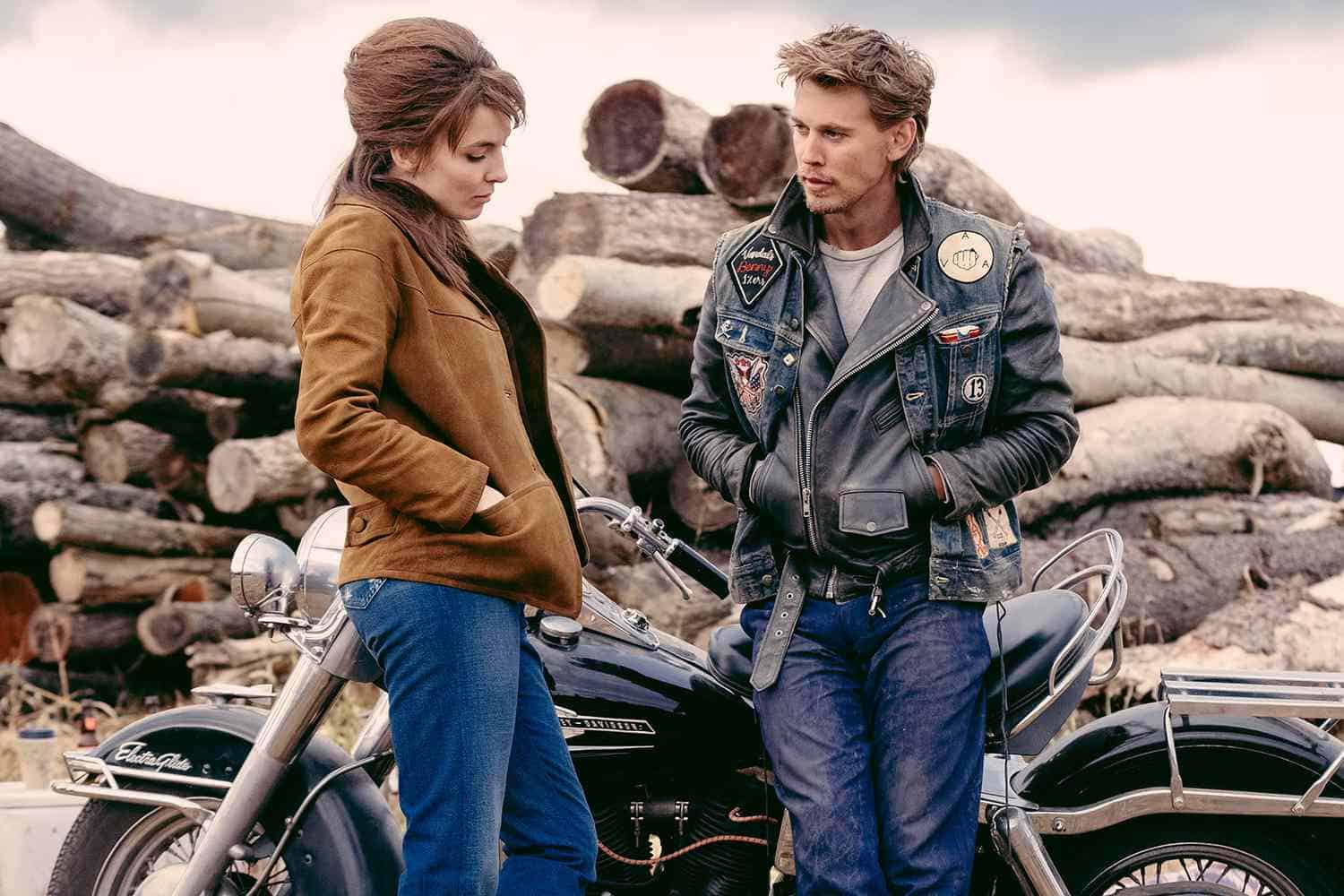
 Movie Reviews1 week ago
Movie Reviews1 week agoFilm Review: The Bikeriders – Soundsphere magazine
-

 World1 week ago
World1 week agoAustralia appoints special envoy to combat anti-Semitism
-

 California1 week ago
California1 week agoTwo arrested in connection to separate California wildfires
-
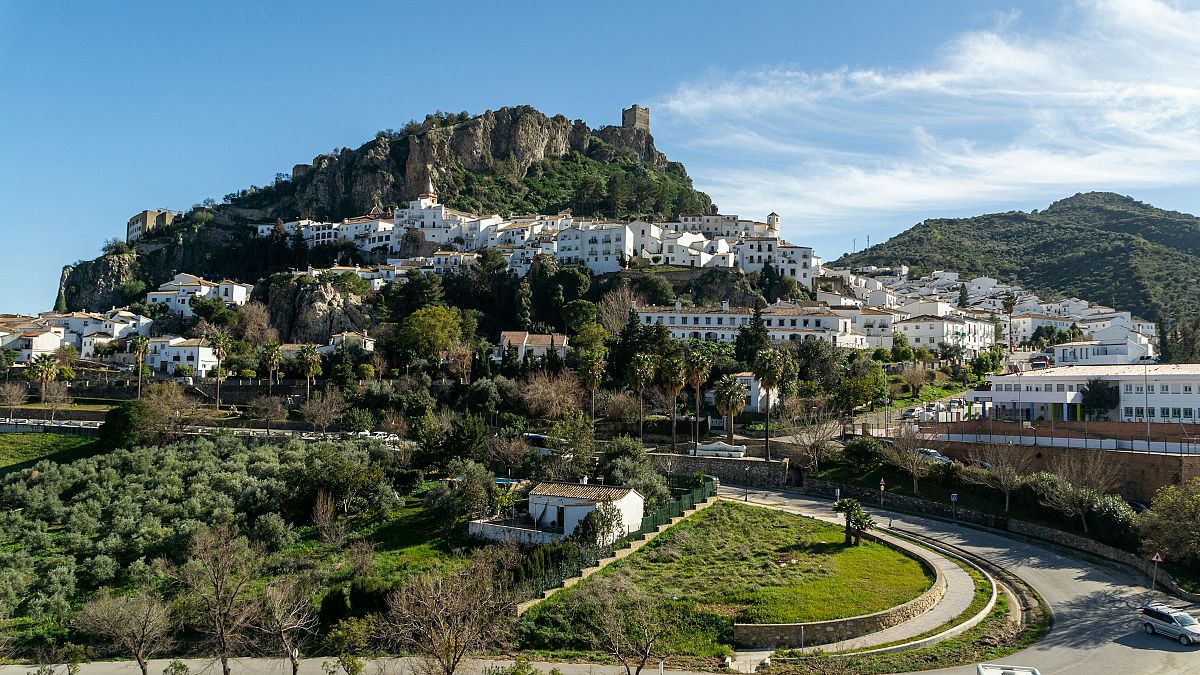
 World1 week ago
World1 week agoAuditors slam poor oversight of cohesion spending
-

 Movie Reviews1 week ago
Movie Reviews1 week agoFilm Review: Pierce (2024) by Nelicia Low
-

 News1 week ago
News1 week agoHow to fight shrinkflation? Pay attention to unit prices at grocery stores
-

 Movie Reviews1 week ago
Movie Reviews1 week agoFilm Review: Second Chance (2024) by Subhadra Mahajan
-
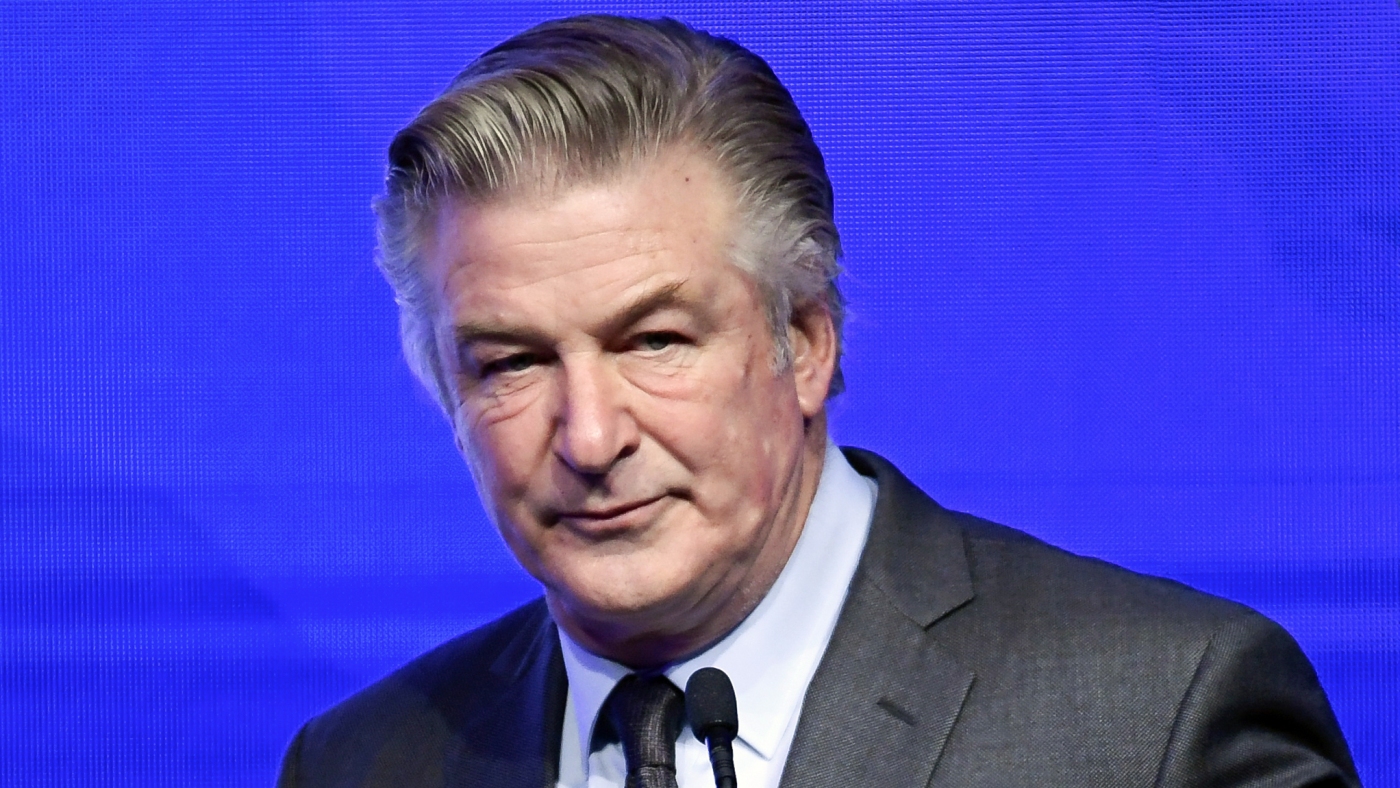
 Lifestyle1 week ago
Lifestyle1 week agoAlec Baldwin goes on trial this week, nearly 3 years after fatal 'Rust' shooting












